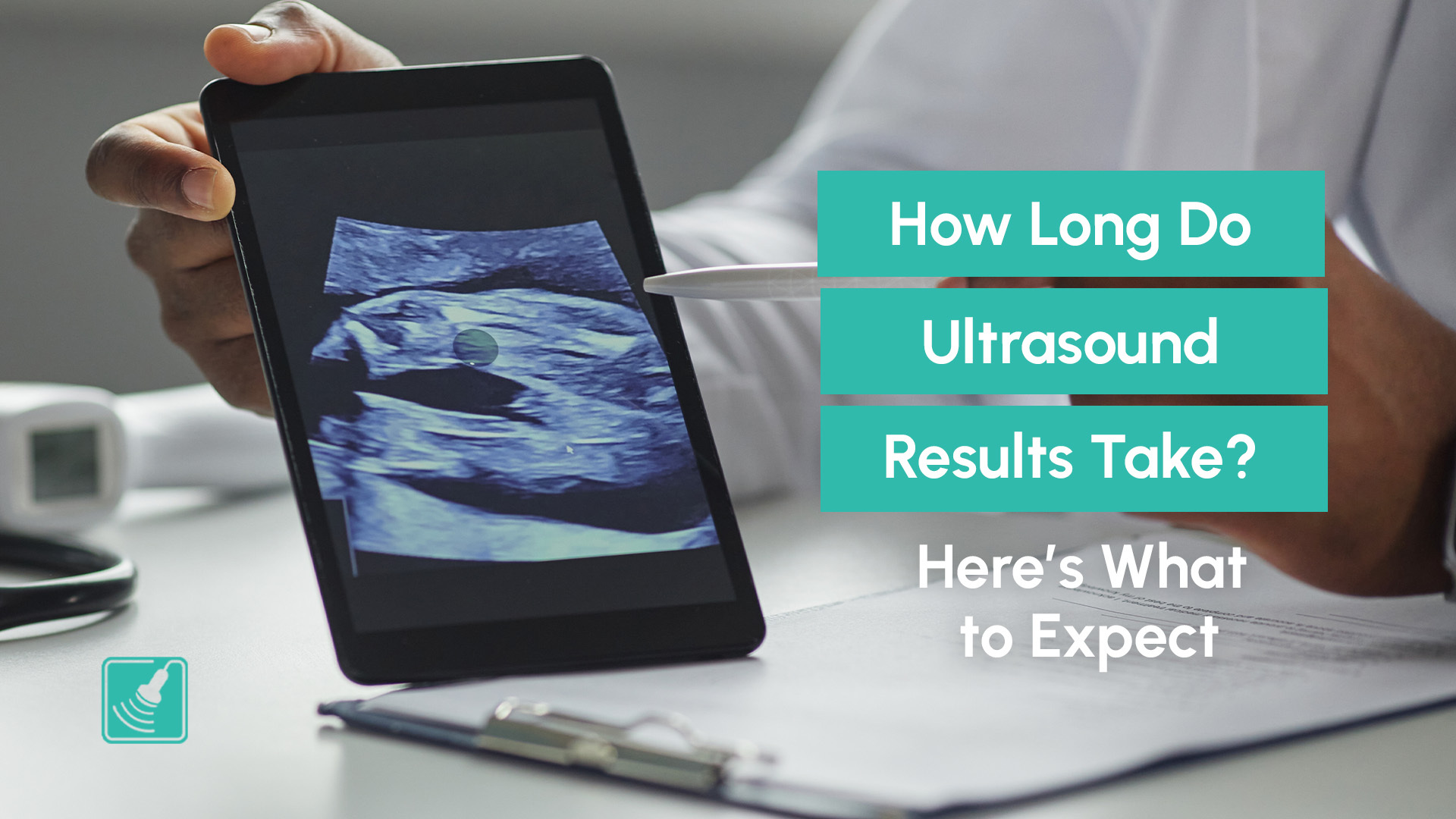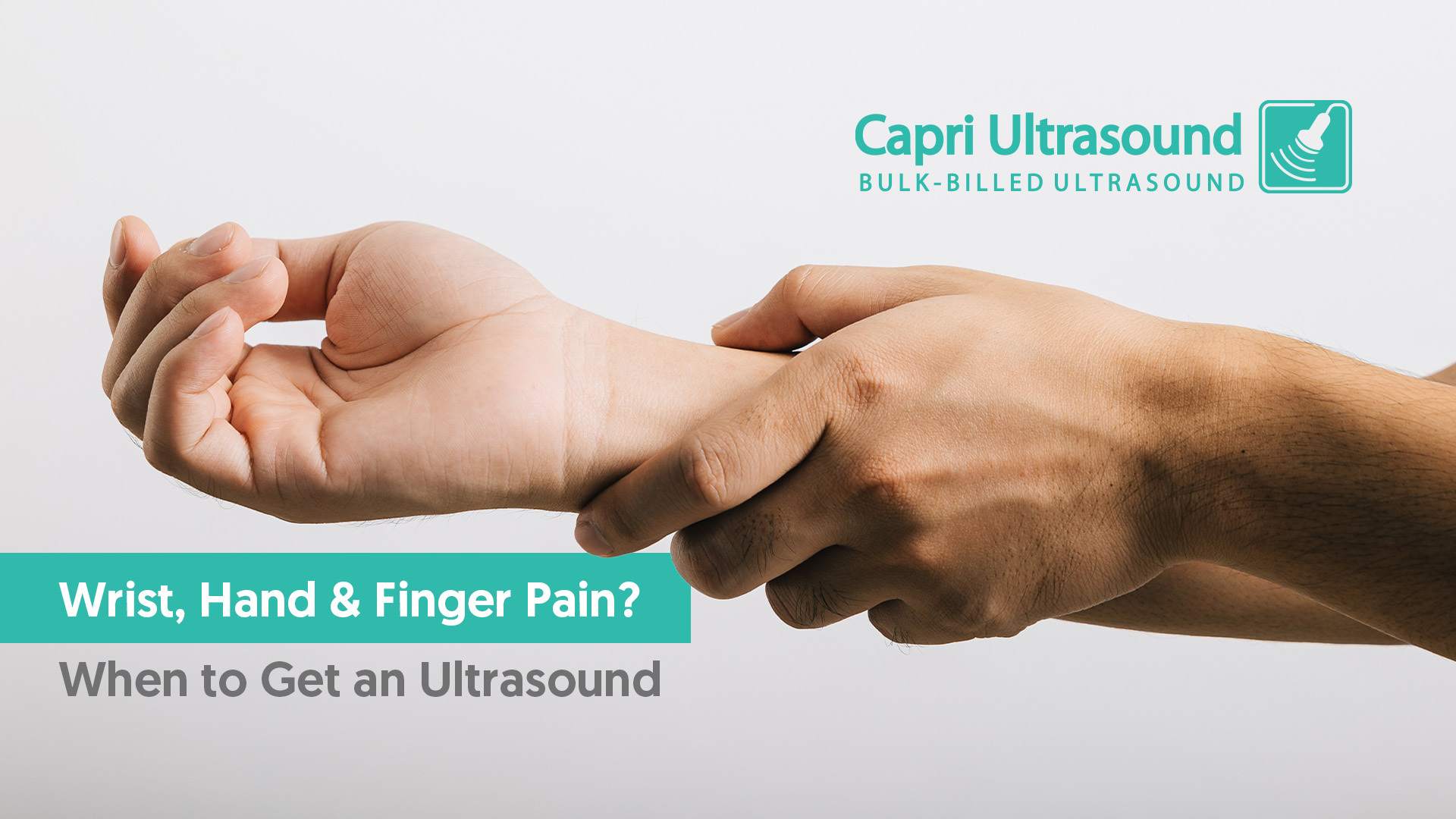

Experiencing wrist, hand or finger pain that isn’t going away? A wrist ultrasound is a fast, non-invasive way to understand what’s causing your symptoms, whether it’s a tendon injury, nerve issue, or inflammation. If you’ve been living with discomfort or reduced mobility, ultrasound imaging may help you get clarity and guide your treatment.
A wrist ultrasound is a diagnostic scan that uses high-frequency sound waves to assess the soft tissues in your wrist, hand and fingers including tendons, ligaments, nerves and joints. Unlike X-rays (which show bones), ultrasound is ideal for detecting inflammation, fluid, soft tissue injuries, nerve compression and structural changes that may not be visible otherwise.
It’s especially useful when pain is persistent, unexplained, or hasn’t improved with rest or physio. Conditions like tendonitis, carpal tunnel syndrome, trigger finger, and even ganglion cysts can all be detected with a wrist ultrasound.
There are many possible causes of pain in the small joints of the upper limb. A wrist ultrasound can help distinguish between them, allowing you to move forward with the right treatment.
Overuse injuries like tendonitis and tenosynovitis are common in the wrist and fingers, especially in people who type frequently, use tools, or perform repetitive tasks. Pain is usually felt along the thumb, wrist or forearm and may worsen with movement.
This condition occurs when the median nerve is compressed at the wrist, causing numbness, tingling, or pain in the hand and fingers, often at night or after prolonged use. If you want to explore this further, here’s a detailed overview of carpal tunnel syndrome from HealthDirect.
Trigger finger causes the fingers to lock or “catch” when bent. It’s often due to thickening of a pulley that holds the tendon in place or inflammation in the tendon sheath, which a finger ultrasound can clearly visualise.
These fluid-filled lumps are usually painless but can interfere with movement or cause discomfort. Ultrasound helps confirm the presence and size of the cyst.
Pain following a fall or strain may indicate a ligament sprain or tear. While ultrasound cannot identify injuries to all ligaments it can be useful for some such as the ligament on the inside of your thumb knuckle and in obtaining other information to guide further care and management.
Rheumatoid arthritis and osteoarthritis can cause swelling, stiffness, and joint pain, particularly in the fingers. Ultrasound helps monitor inflammation levels and joint changes.
Not every wrist or hand pain needs imaging, but there are clear signs that it’s time to consider a scan. You may benefit from a wrist ultrasound if you:
Ultrasound is often the first-line scan for soft tissue conditions in the upper limb, as it offers real-time, dynamic imaging, meaning we can assess movement and function during the scan itself.
At Capri Ultrasound, your wrist ultrasound will be performed by an experienced sonographer. The process involves:
The scan is painless, radiation-free, and usually takes less than 20 minutes.
At Capri Ultrasound, we specialise in musculoskeletal ultrasound for small joints like the wrist, hand and fingers. Our team works closely with GPs, physiotherapists and specialists to provide accurate, detailed imaging that supports your diagnosis and recovery.
Here’s why patients choose Capri Ultrasound:
Whether you’re dealing with ongoing pain or have been referred for imaging, our team is here to help you get clear answers.
Wrist, hand and finger pain can seriously affect your daily life, especially if it lingers or interferes with work, exercise or sleep. A wrist ultrasound is a safe, affordable way to get answers and take control of your health.
Book your scan today if you’re experiencing ongoing pain, numbness, or swelling in your wrist, hand or fingers, don’t wait. A wrist ultrasound at Capri Ultrasound can help you move forward with clarity and confidence. Don’t forget we bulk bill and accept all referrals!
👉 Speak to your GP about a referral, or contact us directly for more information.